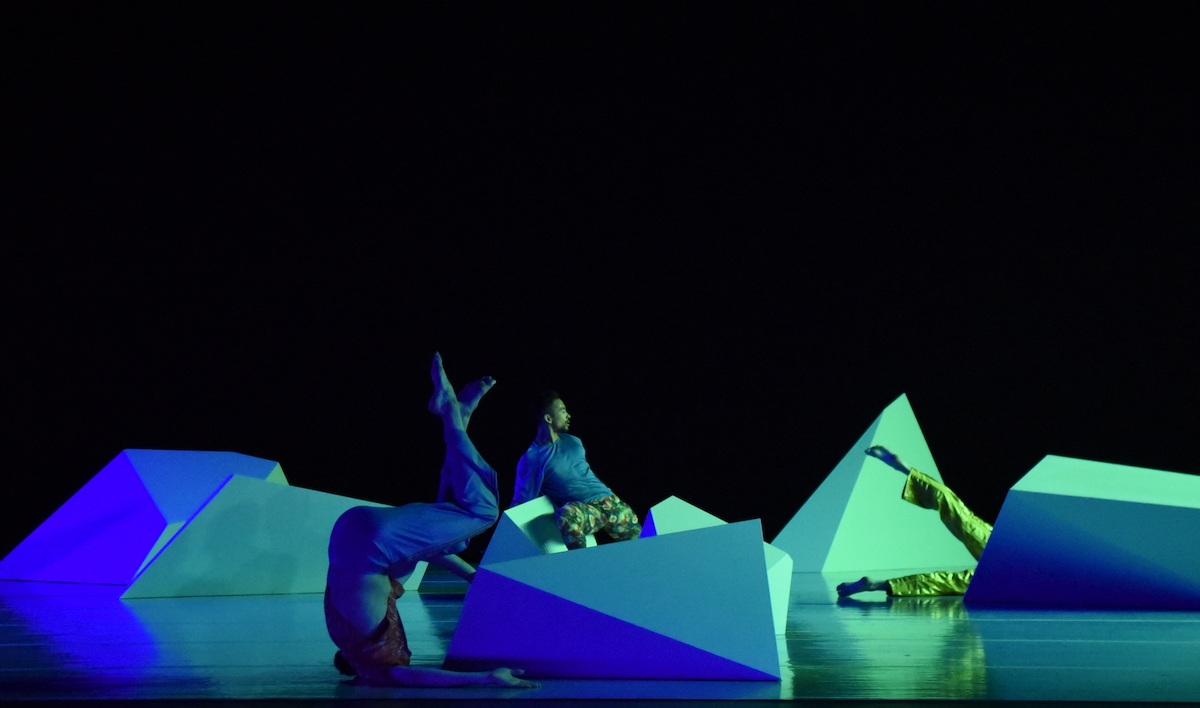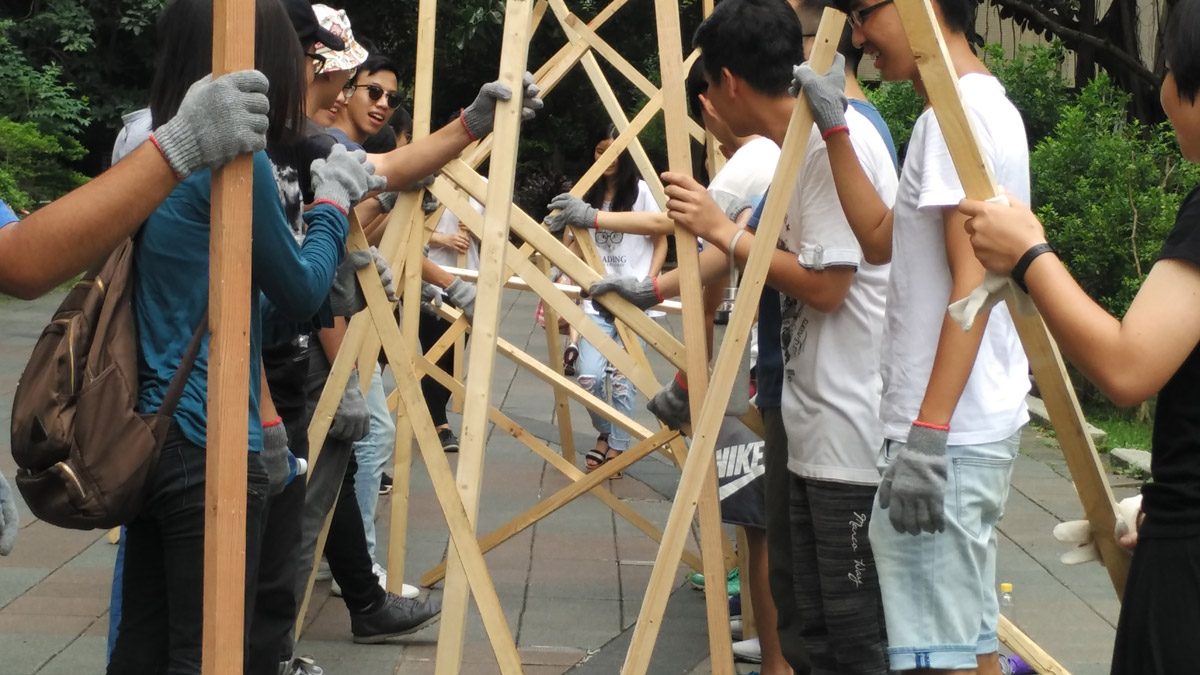The scenography of How to cope with a sunset when the horizon has been dismantled was designed by Ludmila Rodrigues for the Nederlands Dans Theater (NDT 1) and Marina Mascarell as director. Premiered on February 3rd, 2022 (season Traces Left Within), as the opening piece of Holland Dance Festival.
“… dance-like movement as a form of inquiry, a research tool, practice, or mode of doing research. Through the practice different actors, materials and entities contribute to an entangled process of ‘becoming-with’ one another in a co-constitutive manner in which “all together the players evoke, trigger, and call forth what-and-who-exists” (Haraway, 2016, p. 16). The players in this context consist of dancing-moving humans, material sites, energies atmospheres and affects and the material components of dance movement practice such as motion, effort, tension and rhythm.” – Victoria Hunter on dance: newmaterialism.eu (15 March 2018)
How to cope with a sunset… is a sensual, exuberant performance where silence is acknowledged and spaces in between become choreographed. The agency of change is shared by the eight performers who enter in dialogue with the sculptures on stage. In this process, a specific physicality emerges in response to the environment’s geometry.
The dancers then establish a material engagement and an intimate relation with the objects, forming ephemeral landscapes. The work embraces a collaborative approach, where every collaborator has shared their vision and input. The result is a revelry of dance, that questions body representation, gender performativity and musical narration.
Direction: Marina Mascarell
Choreography and Performance by: Jon Bond, Conner Bormann, Donnie Duncan Jr, Boston Gallacher, Nicole Ishimaru, Paxton Ricketts, Lea Ved and Tess Voelker.
Stage design: Ludmila Rodrigues
Light design: Leticia Skrycky
Costumes & choreography assistance: Nina Botkay
Dramaturgy: Riikka Laakso
Rehearsal director: Lucas Crandall
Music: Richard Wagner: Das Rheingold, WWV 86A, played by Vienna Philharmonic & Sir Georg Solti; John Cage: Eight Whiskus (Version for Violin) played by Irvine Arditti; György Ligeti: Six Bagatelles for Wind Quintet: III, played by Albert Schweitzer Quintet; Jean Sibelius: 2 Pieces from Kuolema, Op.44: No. 1, Valse Triste, played by San Francisco Symphony & Michael Tilson Thomas.
Four musical pieces, dated from mid XIX to late XX century, create a varied melodic scenery for How to cope with a sunset when the horizon has been dismantled. The assemblage of compositions — by four white male representative of western music – is no means following an aesthetic or historical line, but rather constructing a dissonance of styles. The poetic motivation is to enter into a collision between the music and the dancers’ bodies: to re-signify our relation with music, with our references, and not to illustrate given narratives or predictable emotions. The dancing body resists automatism.
At a time when the great stories that gave meaning to our world are collapsing, and millions of minor but singular stories float looking for their place, the presence of moving bodies claim to reconsider other paths.
How to cope with a sunset when the horizon has been dismantled emerges from the pleasure of composing with bodies, exploring the changing nature of light, cohabiting an ephemeral construction. Lines that fade, horizons that disappear, in an arid world full of constantly transforming filters.

NRC Review:
“Prachtig is ook het toneelbeeld in How to cope with a sunset when the horizon has been dismantled van de Spaanse Marina Mascarell. Met losse, onregelmatig gevormde objecten is het een zee vol drijvende ijsschotsen in een onwerkelijk licht.” – Francine van der Wiel, February 6th, 2022, NRC, Netherlands
Translation: “The stage image in How to cope with a sunset when the horizon has been dismantled by the Spanish Marina Mascarell is also beautiful. With loose, irregularly shaped objects it is a sea full of floating ice floes in an unreal light.”

With thanks to Sofia Chionidou, Tjitte Meijer, and Yvo van Os.












